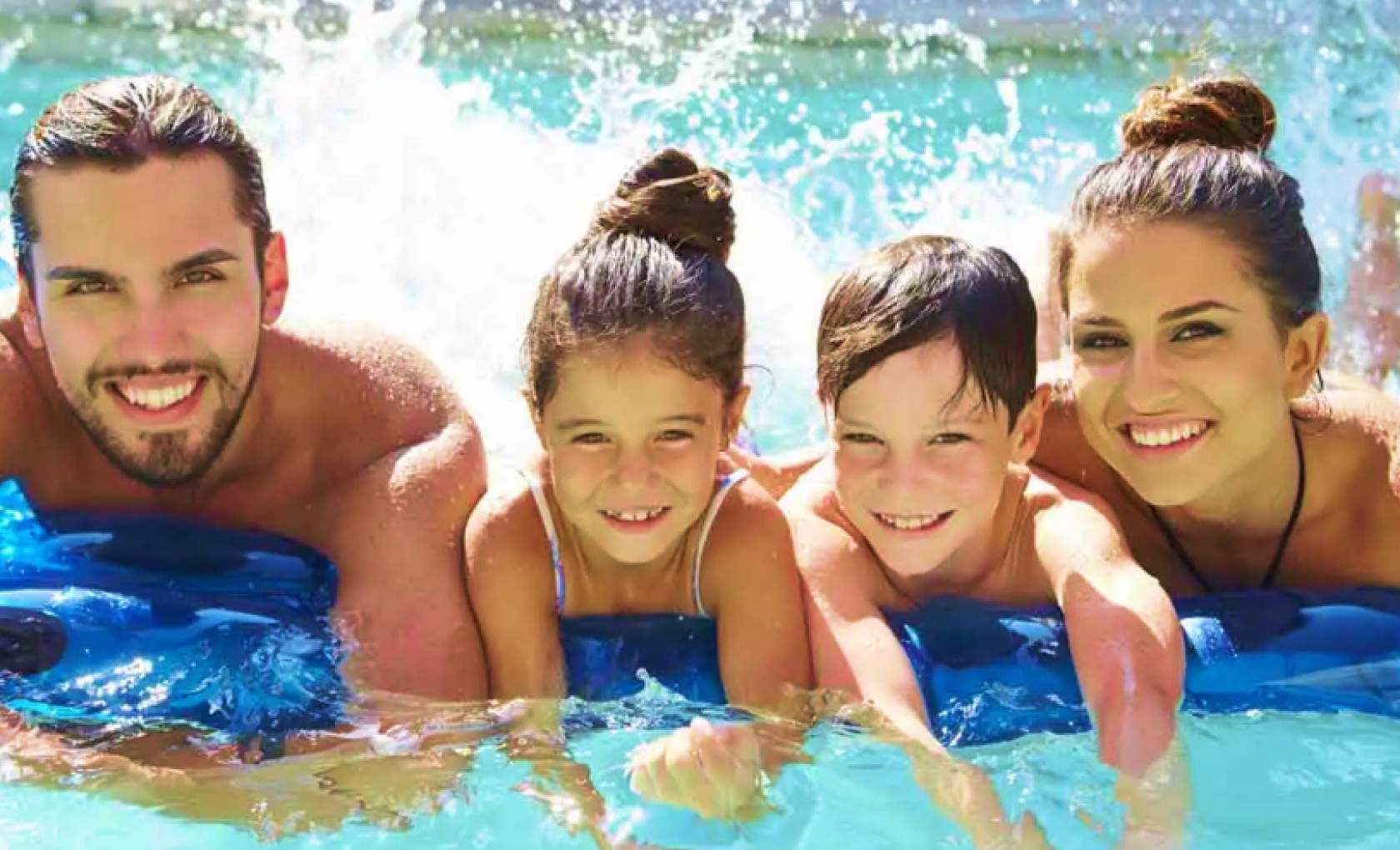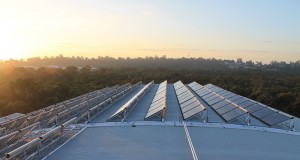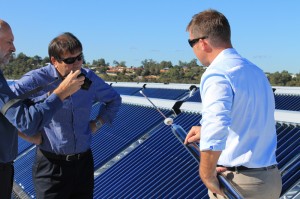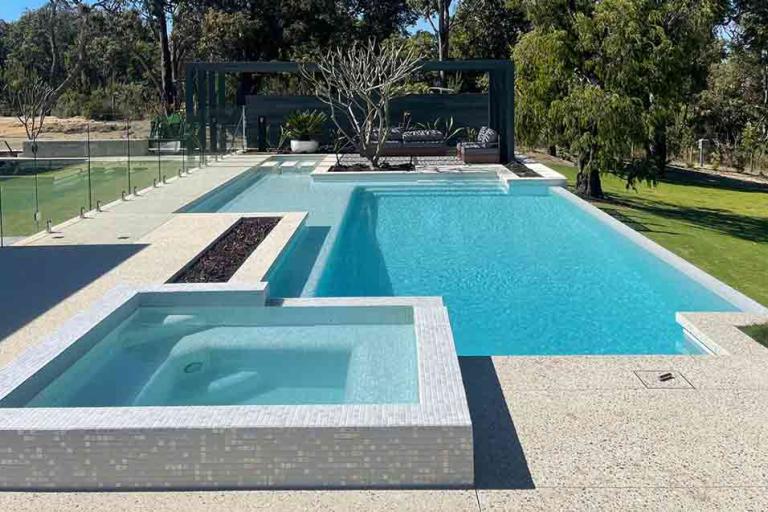Capturing the western sun


Thanks to a giant evacuated tubing solar installation, Bunbury South West Sports Centre now uses the sun's free energy to reduce energy costs by thousands of dollars each month.
The size of the project is impressive with the panels taking up almost 1000 square metres of the centre’s roof space. Not only is it the first project of its size in Australia, it is also the biggest in the Southern Hemisphere with a total of 240 panels or 7200 tubes.
The Bunbury centre is two-hours from Perth and features a championship 10-lane indoor pool, a four-lane 25-metre indoor pool, a freeform leisure pool with a waterslide attached, as well as a 16,500-litre spa, a sauna and a steam room. This all equates to 2.9 million litres of water that requires heating.
The centre caters for the greater Bunbury region: a population of approximately 67,000 people in the City of Bunbury and the shires of Capel, Dardanup and Harvey.
As the only indoor pool of its size in the region, the centre is an attractive venue for schools to utilise for swimming lessons and carnivals as well as for other learn-to-swim programs and clubs. Then there are the 3500 members: 68 per cent of whom have full membership which includes pool usage.
South West Sports Centre aquatics operations manager Richard Duke says the aquatic facilities are popular with patrons.
“The aquatic areas are a major draw card for attracting people to the centre,” says Duke. “Aquatic attendances form more than two thirds of the numbers of people through our doors.
“Patrons haven’t noticed the difference in water temperature since the evacuated tubing system was installed, which is a positive thing. However, from the centre’s perspective, the system has supplemented or replaced the gas-powered boiler to heat the swimming pools,” he says.

“This means that on a sunny day the pools are heated for 12 hours by the sun. If there is enough heat in the pool overnight when we put the blankets on, the boiler may only fire up once through the night to simply top the temperature back up, which for the 50 metre pool is 26.7 degrees and for the leisure pool is 32.1 degrees.”
When Duke started with the centre in 2008, his role was to identify areas to reduce costs including using pool blankets and reducing water and gas usage. Following two energy audits and an asset maintenance report, the recommendation was to switch to another viable heat source.
“We considered different options like geo-thermal heating. More research confirmed the most viable option for the centre, and the expected payback or savings we could expect from making the changes,” says Duke.
“There were a number of factors taken into consideration before identifying that the evacuated tubing solar system would be the best for the site. Factors included the building layout. It runs from east to west, which means the roof area for the panels faces due north. Combined with the curve of the roof, this means the panels capture the sun’s rays at the perfect angle without too much change to the framework.”
Overcoming the wind
“Another advantage was the system suited the windy environment here in Bunbury. The small gap between the evacuated tubing allows the wind to pass around it thus avoiding any lift. For us that was a big consideration as well as the system’s impressive results for effectiveness and efficiency,” says Duke.
“A further factor was that being located within 1.5km from the ocean, the centre experiences salt spray. The tubes are easy to look after and don’t collect debris or salt that might affect operation.”
The centre has two separate evacuated tubing solar heating systems installed. A system for the lap pool (150 panels) and a second system for heating the leisure pool (90 panels).
“This system picks up infrared light as well as UV and direct solar, so that even when it is raining the system will still work, making it an unlimited energy source,” says Supreme Heating WA agent Craig Doncon.
“I am of the opinion that businesses need to change to be sustainable,” he says. “WA is second in the world for having blue sky days yet we are not a leader in the solar market yet.
“Facts like these are what motivates me to share with and educate people about more sustainable ways to build.
“In the past three months [at the time of writing], which were the wettest period of the year for the region, the system has saved the centre almost $20,000,” he says.
This is an abridged version of the article by Kim Ball that first appeared in the Issue 85 of SPLASH!




